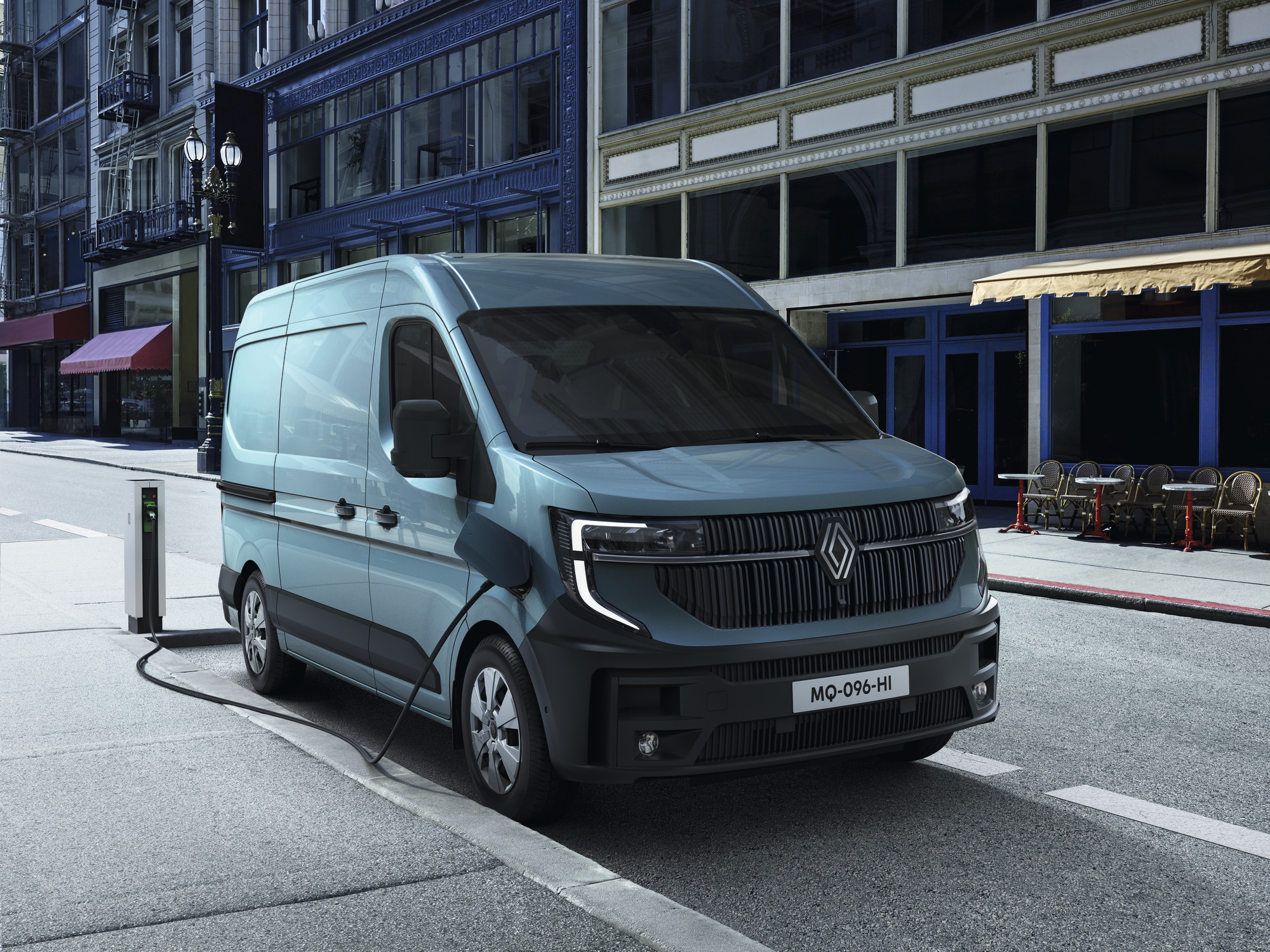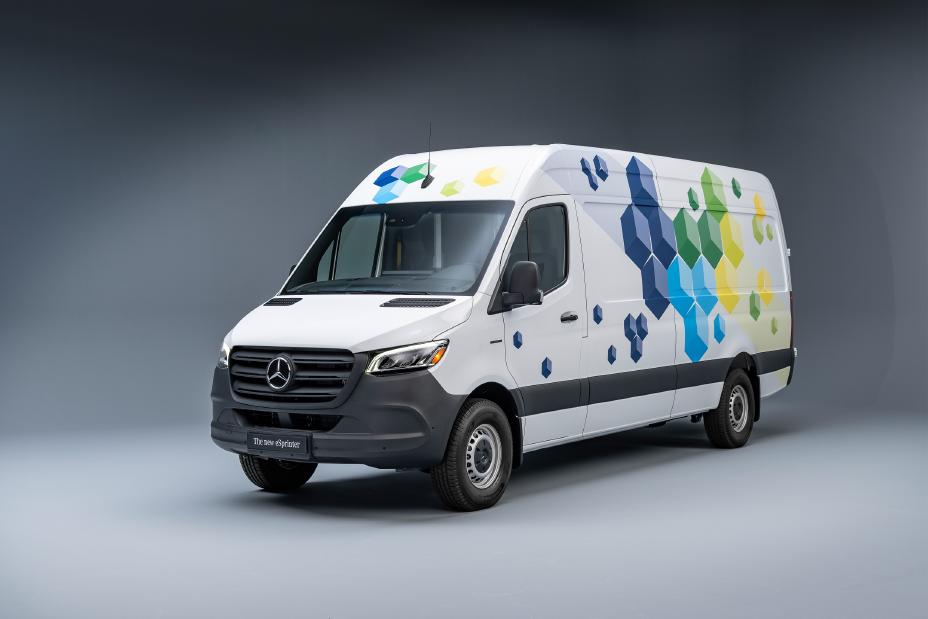
How did we choose Ellie VanTastic?
How did we choose Ellie VanTastic?
Introducing Ellie Vantastic: Our Electric Campervan Project
This blog post outlines our decision-making process for selecting a base model for our electric campervan conversion project, which we've named Ellie Vantastic. We'll discuss our motivation for choosing a campervan, our reasons for going fully electric, and the specific requirements that guided our selection.
The idea of converting a campervan stems from our positive experiences during two Norway vacations in a VW California. Additionally, we frequently attend acrobatic conventions that often involve camping. A campervan would provide a more comfortable alternative to tent camping at these events. Furthermore, as a kitesurfing enthusiast with the flexibility of remote work, a campervan offers the opportunity to combine travel, sport, and work efficiently.
Our decision to opt for a fully electric vehicle is based on two main factors:
- Future-proofing: We view a campervan as a long-term investment and believe electric motors represent the future of automotive technology.
- Financial considerations: In the Netherlands, where we reside, there's a significant financial incentive to choose electric vehicles. The BPM, an additional tax based on a vehicle's CO2 output, makes combustion engines considerably more expensive.
Requirements
In selecting our base model, we established the following criteria:
- Size: The van needed to accommodate a standing height of 1.89m comfortably.
- Length: A minimum of 6m was required to create sufficient space for remote work.
- Passenger capacity: The ability to install a second-row bench for traveling with up to four people.
- Range: A minimum range of 360km to allow for 3-4 hours of continuous travel.
- Power integration: The option to connect the car battery to the internal camping battery.
- Drive system: Preference for rear-wheel drive.
- Load capacity: Sufficient to support the interior conversion while accommodating four passengers.
- Powertrain: Fully electric.
This blog post will detail how these requirements led us to choose the Renault Master E as the base model for our Ellie Vantastic project. We'll examine the available options in the market and explain the factors that made the Renault Master E the most suitable choice for our needs.
Model Comparison
| Brand | Model | Batterie Capacity | Range | Drivetrain | Loading Capacity* | Length | Power Integration | Price | Availability |
|---|---|---|---|---|---|---|---|---|---|
| Mercedes Benz | eSprinter Pro | 113 kWh | 430 km - 442 km | Rear Wheel | 1000 | max. 7m | Not officially | from 100,000 EUR | Since 2024 |
| Fiat | eDucato | 110 kWh | 422 km | Front Wheel | Not officially | from 69,195 EUR | ? | ||
| Ford | eTransit | 68 kWh | 256km | from 65,400 EUR | |||||
| VW | eCrafter | 115 km | |||||||
| Iveco | eDaily | 111 kWh | 400 km | Rear Wheel | 1051 kg | max. 7m | Not officially | not known yet - similar to Sprinter | ? |
| Renault | new Master E | 87 kWh | 460 km | Front Wheel | ~1500 kg | max 6.4m | Yes | from 67,000 EUR | From Nov 2024 |
*Longest Version with highest Range

Conclusion
After careful consideration of the available electric van models, we ultimately selected the Renault Master E as the base for our Ellie Vantastic project. This decision was the result of a thorough comparison of various factors, including range, loading capacity, price, and availability.
Our search initially led us to the Mercedes eSprinter Pro, which impressed us with its long wheelbase (7m total length) and rear-wheel drive. It was also the first model available that met our range requirement of over 400 km. However, despite these advantages, the eSprinter Pro had significant drawbacks. Its high price point and limited loading capacity made it less suitable for our needs.
Given these limitations, we decided to wait and explore upcoming models. This patience paid off when the Renault Master E entered the market. Although it has some disadvantages compared to the Mercedes - namely, a shorter length (max 6.4m vs. 7m) and front-wheel drive instead of rear-wheel - the Renault excels in several crucial areas:
- Loading Capacity: The Renault Master E offers a substantially higher loading capacity (~1500 kg vs. 1000 kg for the eSprinter), which is crucial for our conversion plans.
- Range: It boasts a superior range of 460 km, compared to the eSprinter's 430-442 km.
- Price: At a starting price of 67,000 EUR, it's significantly more affordable than the eSprinter, which starts from 100,000 EUR.
- Power Integration: Unlike the eSprinter, the Renault Master E officially supports integration with the camping battery, a feature important for our off-grid plans.
The comparison table provided further solidified our decision. While other models like the Fiat eDucato and Ford eTransit were considered, they fell short in various aspects such as range, loading capacity, or availability of crucial features.
In conclusion, while no single model perfectly met all our initial criteria, the Renault Master E emerged as the best compromise. Its combination of range, loading capacity, power integration capabilities, and competitive pricing made it the most suitable choice for our Ellie Vantastic project. This selection process underscores the importance of prioritizing key features and being willing to make informed compromises when embarking on a campervan conversion project.
